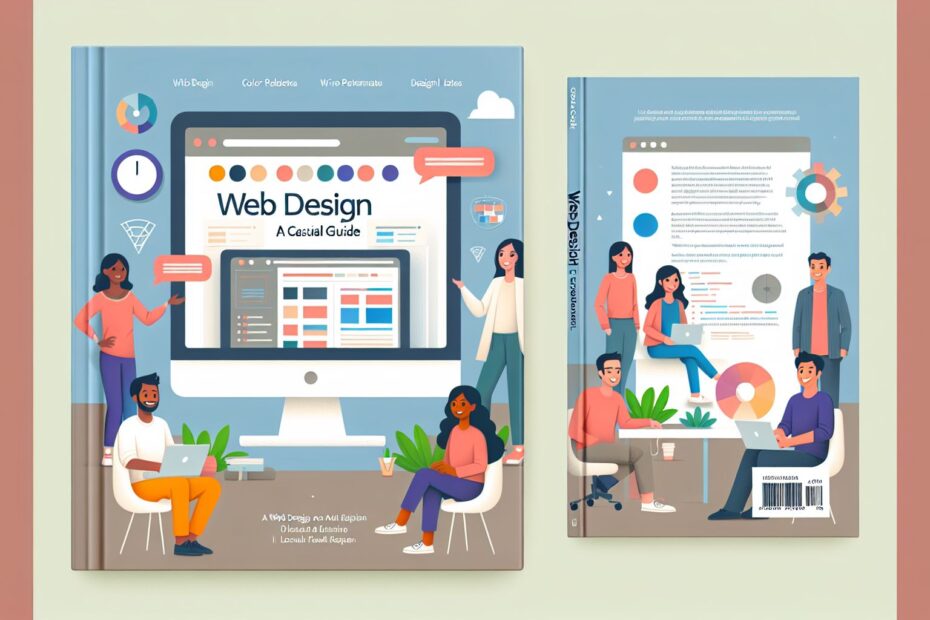So you’ve got a killer business idea, you’ve done your market research, and you’re ready to take the plunge into entrepreneurship. But before you launch your website, there’s one crucial step you can’t afford to skip: web design. In today’s digital age, your website is often the first impression potential customers will have of your business. So it’s important to make sure it’s not only visually appealing, but also user-friendly and optimized for search engines.
In this guide, we’ll walk you through some key tips and best practices for web design that will help you stand out from the competition and attract customers to your business.
The Importance of a Good First Impression
Imagine this: you stumble upon a website that looks like it hasn’t been updated since the early 2000s. The fonts are outdated, the colors clash, and the navigation is clunky. Would you trust this website to provide you with a quality product or service? Probably not. This is why it’s crucial to invest in a visually appealing and modern website design that reflects the professionalism of your business.
Your website is often the first interaction potential customers will have with your brand, so you want to make sure it leaves a lasting impression. A clean and well-designed website will not only attract visitors, but also keep them engaged and encourage them to explore further.
User-Friendly Navigation is Key
When it comes to web design, less is often more. A cluttered and confusing website can overwhelm visitors and make it difficult for them to find the information they’re looking for. That’s why it’s important to prioritize user-friendly navigation and make it easy for visitors to navigate your site.
Ensure your website has a clear menu structure, with easy-to-find links to important pages such as your products or services, about us, and contact information. Avoid overwhelming visitors with too many choices, and instead focus on guiding them through a logical and intuitive user journey.
Optimizing for Mobile
In today’s mobile-first world, it’s more important than ever to ensure your website is optimized for mobile devices. With a growing number of people using smartphones and tablets to browse the internet, you want to make sure your website looks and functions just as well on mobile as it does on desktop.
Responsive design is the key to a mobile-friendly website. This means your website will automatically adjust to different screen sizes, ensuring a seamless user experience across all devices. So whether a visitor is accessing your website on their laptop, smartphone, or tablet, they’ll be able to easily navigate and interact with your content.
SEO: Making Your Website Search Engine Friendly
In order for your website to be successful, it needs to be easily discoverable by search engines like Google. This is where search engine optimization (SEO) comes in. By optimizing your website for relevant keywords and creating high-quality content, you can improve your website’s visibility in search engine results and attract more organic traffic.
When designing your website, it’s important to consider SEO best practices such as using descriptive page titles, incorporating relevant keywords throughout your content, and optimizing your meta tags. By following these guidelines, you can increase your website’s chances of ranking higher in search engine results and driving more traffic to your site.
Conclusion
In conclusion, web design is a crucial aspect of building a successful online presence for your business. By investing in a visually appealing, user-friendly, and SEO-optimized website, you can attract more visitors, convert them into customers, and ultimately grow your business.
So whether you’re just starting out as an entrepreneur or looking to revamp your existing website, keep these tips in mind as you embark on your web design journey. Remember, your website is often the first impression potential customers will have of your business, so make it count!
